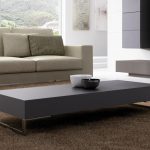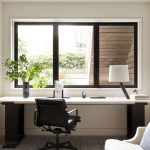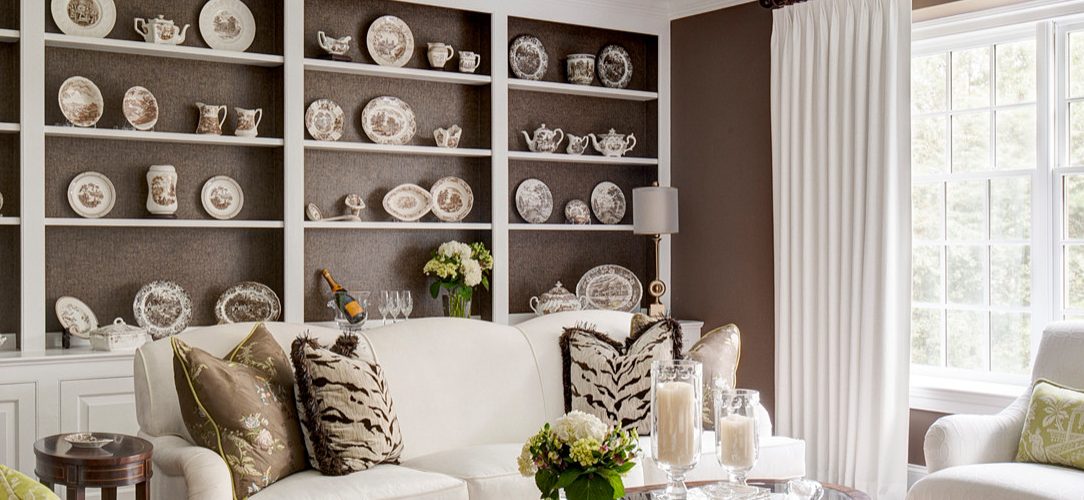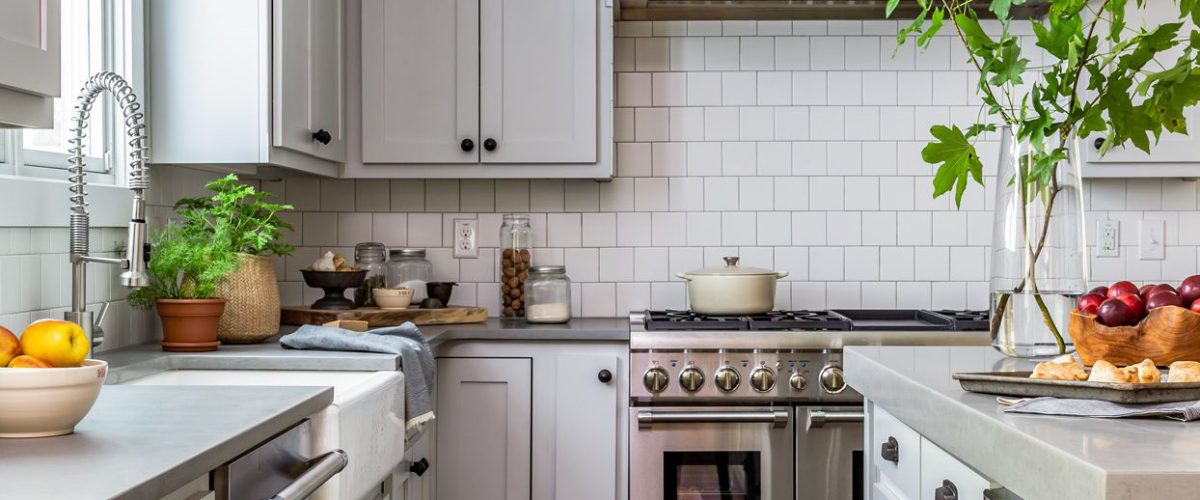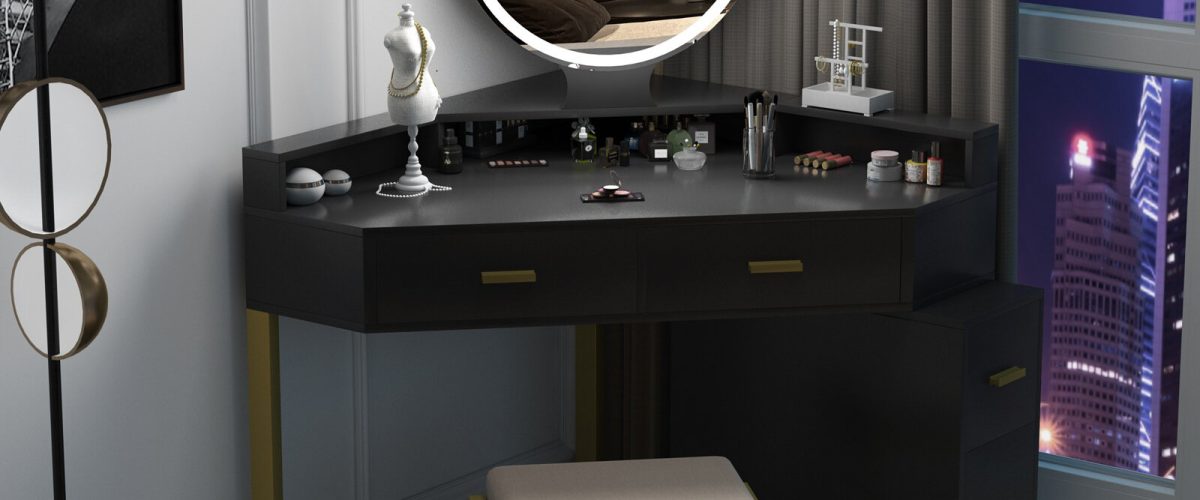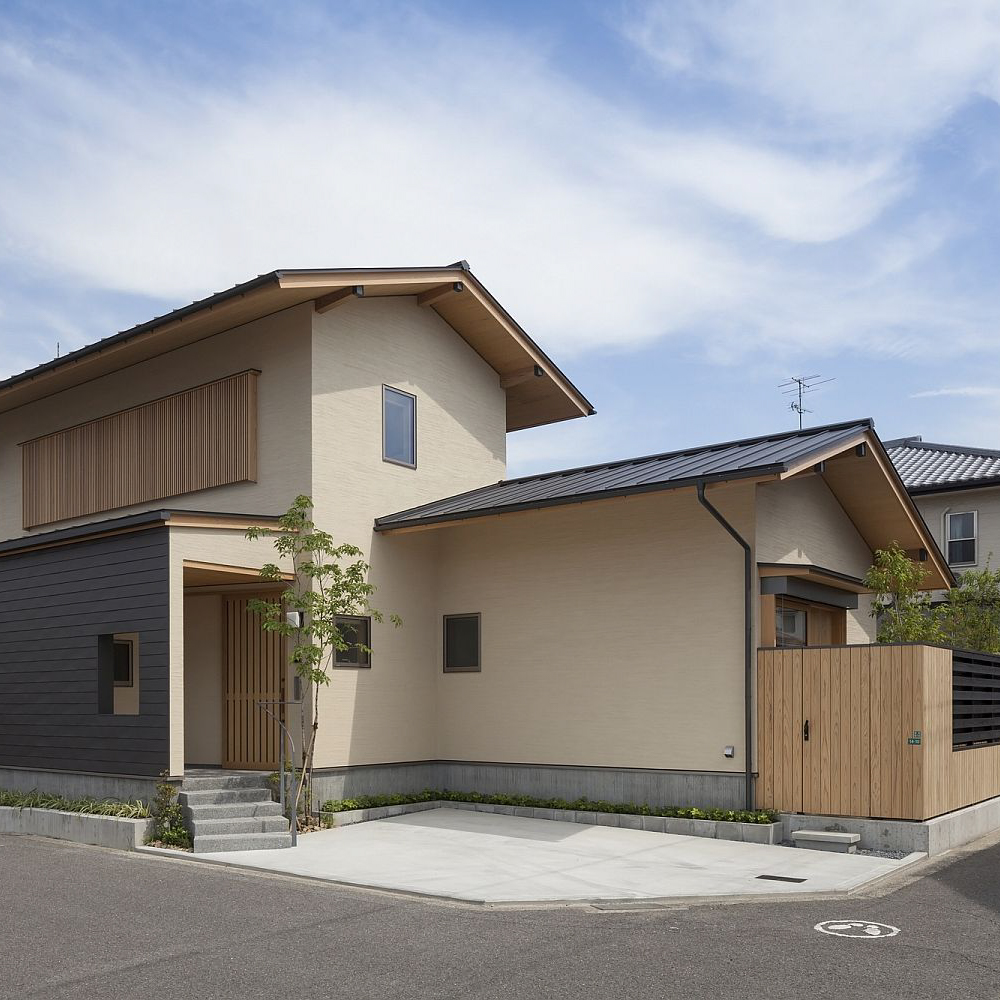
The Beauty of Danish Interior Design: A Scandinavian Style That Captivates with Clean Lines and Natural Elements
Introduction
Danish interior design is a style that has been gaining popularity in recent years. It is a part of the larger Scandinavian design movement, which emphasizes minimalism, simplicity, and functionality. Danish interior design is known for its clean lines and use of natural materials, such as wood and leather. In this article, we will explore the beauty of Danish interior design and what makes it so captivating.
The History of Danish Interior Design
Danish interior design has its roots in the mid-20th century, when a group of Danish designers and architects began to make a name for themselves on the international stage. This group, which included names such as Arne Jacobsen, Hans Wegner, and Poul Henningsen, created furniture and interiors that were characterized by their functionalism, simplicity and clean lines.
These designers used natural materials such as wood, leather and wool, and they incorporated the concept of ‘hygge’, a uniquely Danish word that means coziness and contentment. The aim was to create comfortable, functional and beautiful interiors that everyone could enjoy.
The hallmarks of Danish interior design
Danish interior design is known for its clean lines, minimalism and use of natural materials. Here are some of the hallmarks of this style:
- Simple, functional furniture: Danish furniture is typically characterized by clean lines and a minimalist aesthetic. Many pieces are designed to be multi-functional, such as a bench that can also be used as a coffee table, or a chair that folds away when not in use.
- Natural materials: Wood, leather, wool, and linen are all commonly used in Danish interior design. These materials add warmth and texture to the space, and they often age beautifully.
- Neutral color palette: Danish interior design typically features a neutral color palette of whites, grays, and earth tones. This creates a calming and peaceful atmosphere.
- ‘Hygge’: Hygge is central to Danish interior design. This concept emphasizes the importance of creating a cozy, comfortable environment that promotes relaxation and contentment. It can be achieved through the use of soft lighting, warm textiles, and comfortable seating.
Examples of Danish Interior Design
Here are some examples of Danish interior design in action:
Living Room
The living room is often the heart of a Danish home, and it is typically designed to be comfortable and inviting. The furniture is often low-slung and minimalist, and the room is decorated with warm textiles such as blankets and pillows.
Kitchen
The Danish kitchen is often characterized by its simplicity and functionality. The cabinets are typically made of wood, and the countertops are often made of stone or concrete. The kitchen is designed to be a social space, with seating areas and ample room for cooking and entertaining.
Bedroom
The Danish bedroom is designed to be serene and peaceful, with a focus on comfort and relaxation. The bed is often the centerpiece of the room, and it is typically made up with soft and cozy linens. The decor is minimal, with a few well-chosen pieces adding personality to the space.


